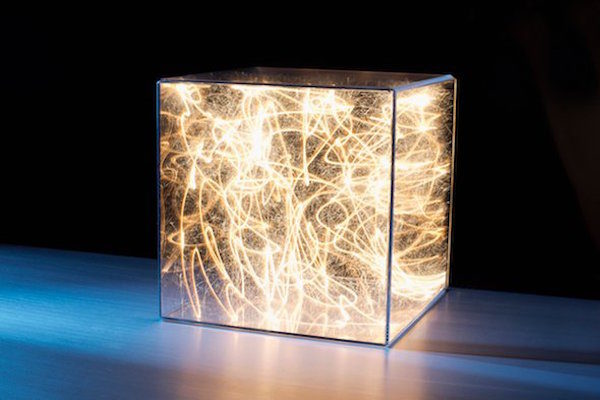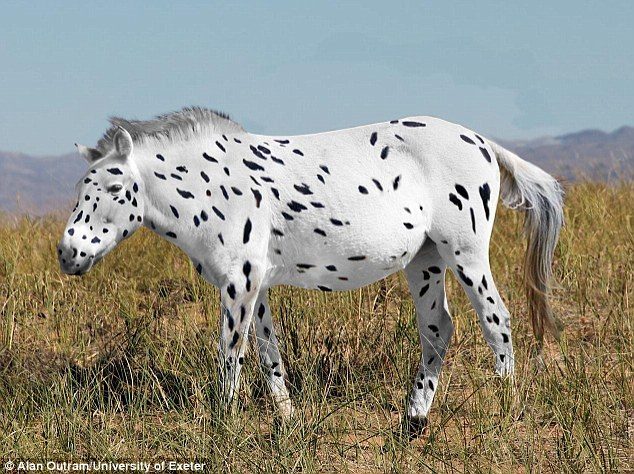
© PM Images Getty Images
The counterintuitive predictions of quantum theory have now been
experimentally confirmed with unprecedented rigor. Yet, the question of how to
interpret the meaning of these predictions remains controversial. A
Wikipedia table summarizing different interpretations of quantum mechanics included no less than fourteen entries at the time of this writing. New interpretations regularly appear.
The problem is that quantum theory contradicts our intuitive understanding of what "real" means. According to the theory, if two real particles A and B are prepared in a special way, what Alice sees when she observes particle A depends on how Bob concurrently observes particle B,
even if the particles - as well as Alice and Bob - are separated by an arbitrary distance. This "spooky action at a distance," as Einstein called it, contradicts either local causation or the very notion that particles A and B are "real," in the sense of existing independently of observation. As it turns out,
certain statistical properties of the observations, which have been
experimentally confirmed, indicate the latter: that the particles do
not exist independently of observation. And since observation ultimately consists of what is apprehended on the mental screen of perception, the implication may be that "the Universe is entirely mental," as put by Richard Conn Henry in his
2005 Nature essay.


Comment: Scientists working on making actual 'sheeple' so they can harvest human organs from sheep